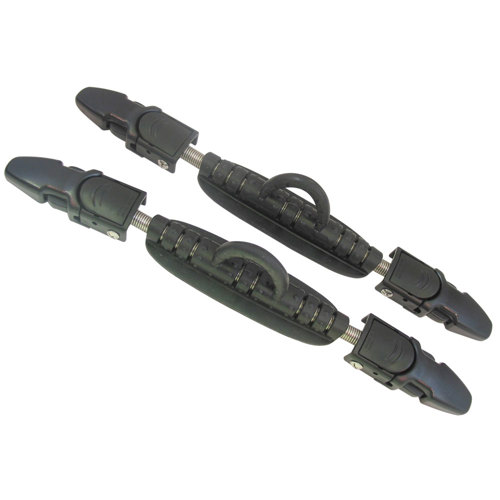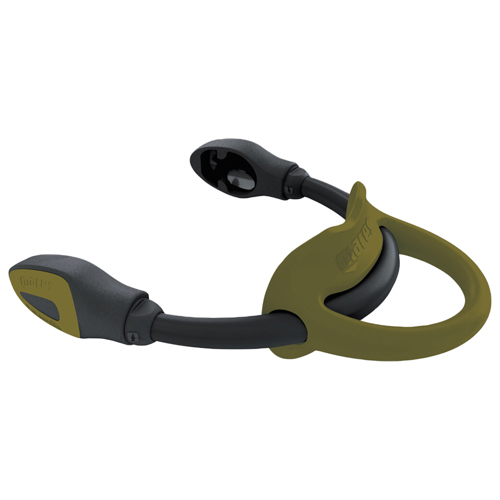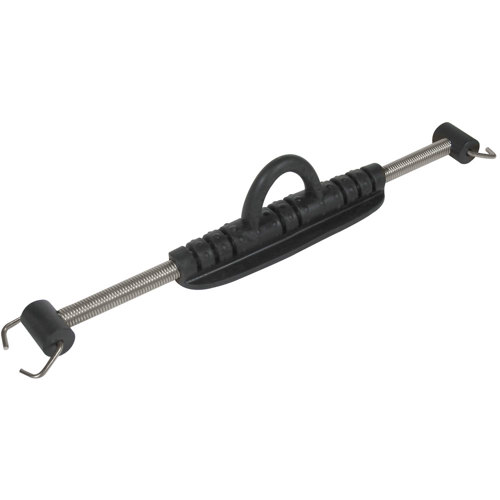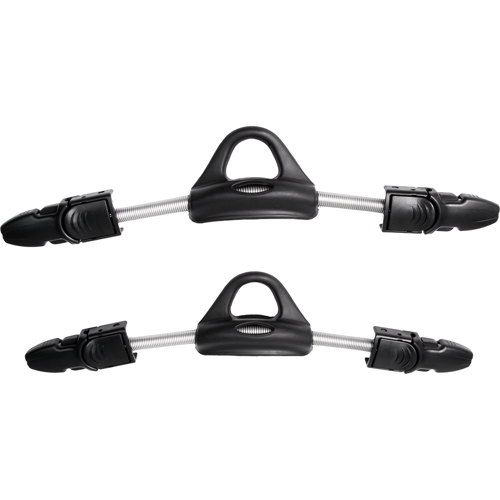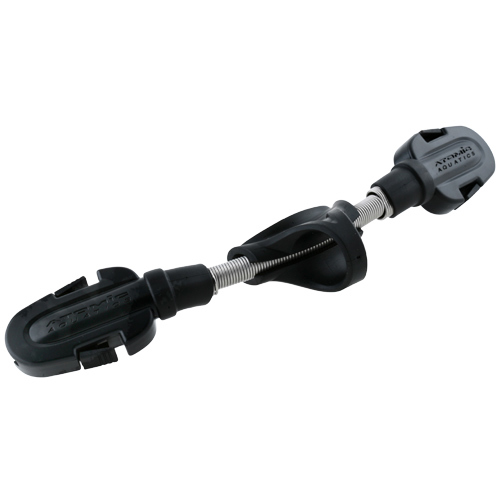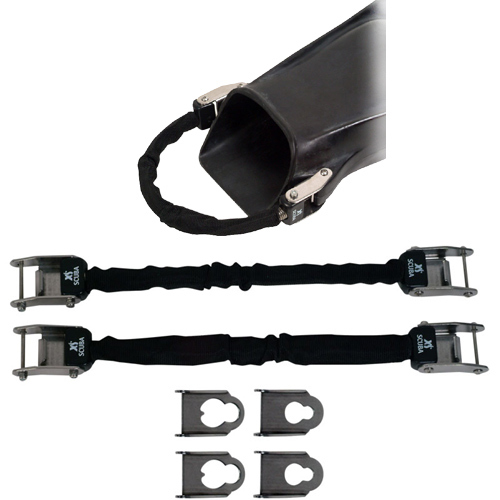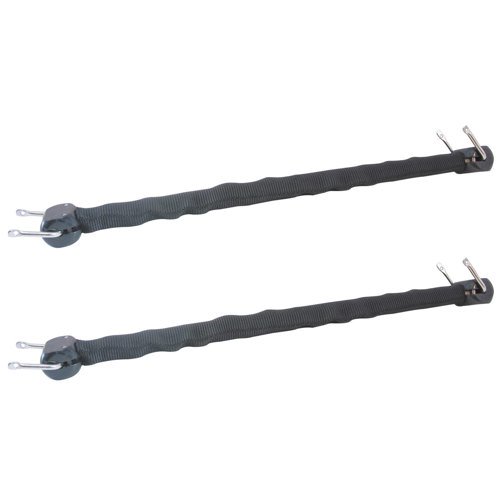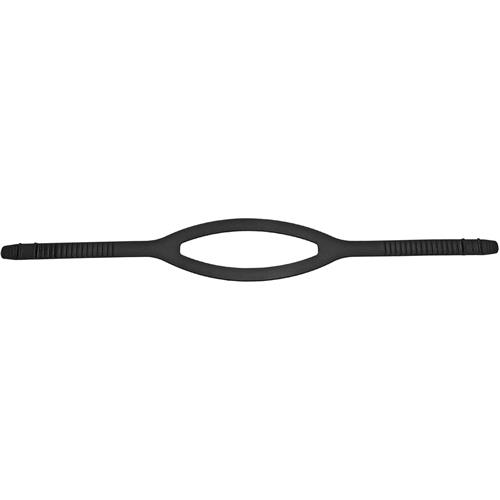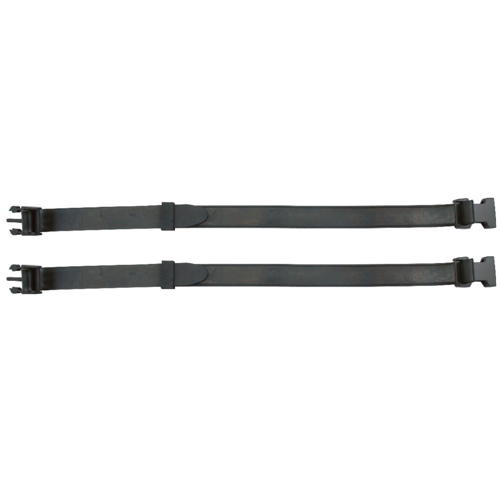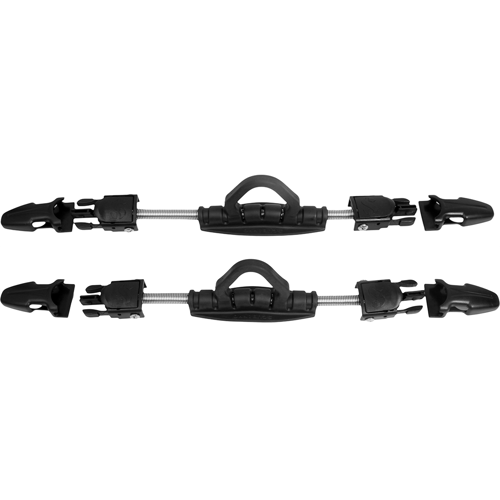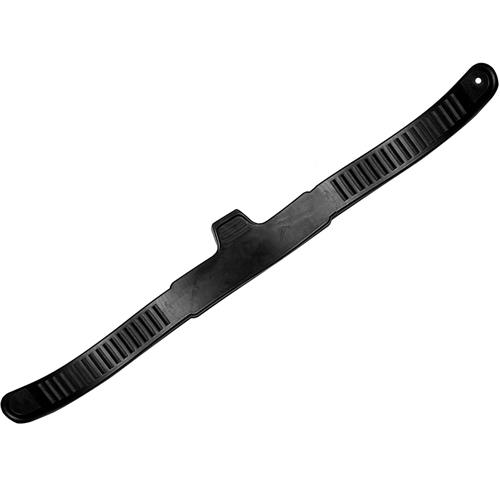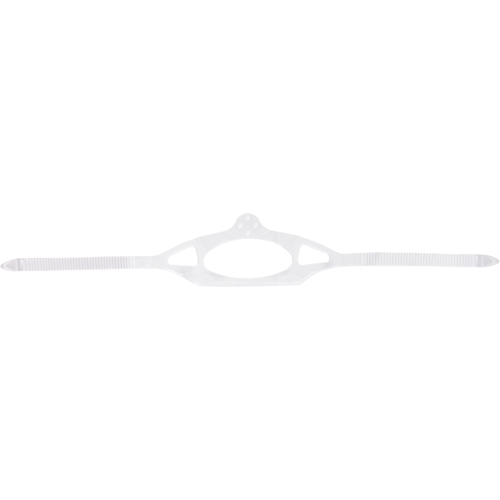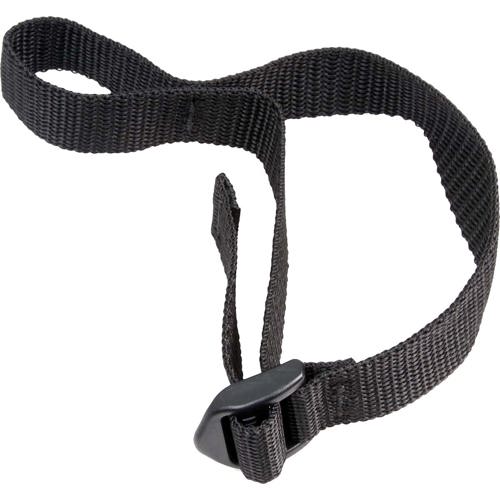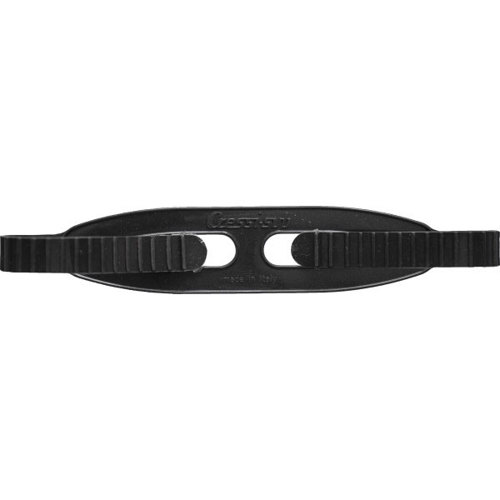As the summer diving season peaks in August, many divers are busily checking their gear, prepping for upcoming trips, and making sure every component is in top condition for the adventures ahead. Among the most frequently overlooked yet vital pieces of equipment are replacement straps for masks, fins, snorkels, and other essential scuba accessories. These seemingly simple items play a crucial role in ensuring comfort, safety, and reliability underwater. Whether you’re a seasoned diver with years of experience or just starting to explore the underwater world, having the right replacement straps on hand can mean the difference between a flawless dive and an uncomfortable or even hazardous situation. Straps endure a great deal of stress from saltwater exposure, UV rays, and repeated stretching, especially during the busy summer months when gear is used more intensively. Over time, even the highest-quality straps can wear out, become brittle, or lose elasticity, which is why keeping spares in your dive bag is a smart move for anyone who values preparedness and peace of mind.
Replacement straps make thoughtful and practical gifts for dive buddies, family members, or friends who love snorkeling and underwater sports. They’re especially appreciated by those who travel frequently to dive destinations, where a lost or broken strap can disrupt an entire trip. Imagine gearing up for a sunrise dive off a remote island, only to find that a fin strap has snapped—having a backup ready can save the day and keep the adventure going. For instructors, dive masters, and group leaders, carrying a variety of replacement straps is almost second nature, as they often help outfit students and fellow divers with last-minute fixes. When selecting replacement straps, it’s important to consider material quality, compatibility with your specific gear, adjustability, and ease of installation. Silicone straps are popular for their durability and comfort, while neoprene options are favored for their softness and reduced hair tangling. Some divers prefer quick-release buckles for convenience, while others opt for traditional designs for their reliability. The right replacement strap not only restores functionality but can also enhance comfort, fit, and overall enjoyment of your underwater experience.
Beyond mask and fin straps, divers should also pay attention to the condition of other essential gear components, such as the ones securing tanks and BCDs. If you’re looking to further upgrade or maintain your setup, you might want to explore our full range of
Scuba Tank Straps, which are designed to provide secure and dependable attachment for your air supply. As you prepare for your next dive, whether it’s a spontaneous shore entry with friends or a carefully planned expedition to a new reef, investing in high-quality replacement straps ensures that your adventures remain safe, comfortable, and uninterrupted. Keeping a selection of spares in your gear bag is a small step that can make a big difference, allowing you to focus on the thrill of discovery beneath the waves rather than unexpected equipment issues.


